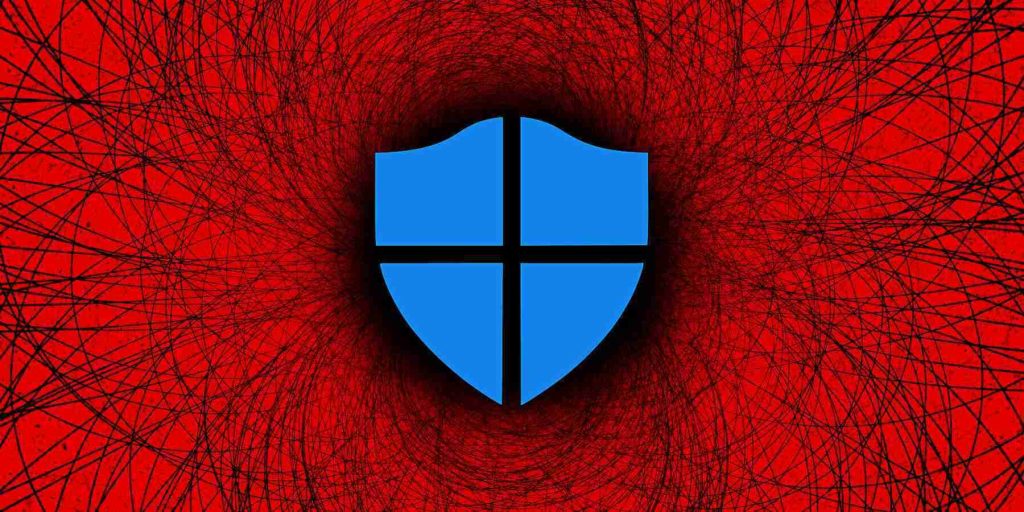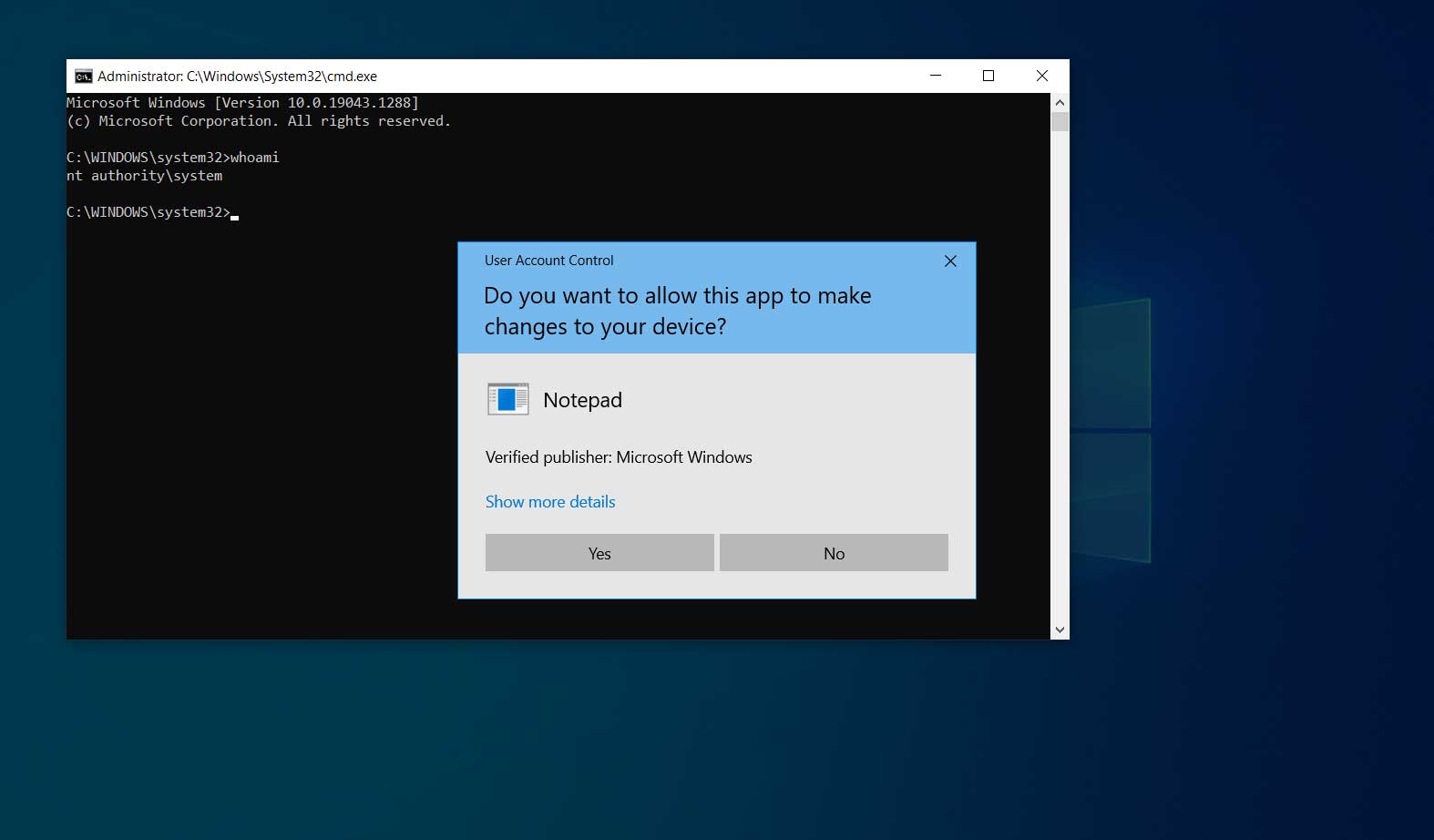KEEP IN TOUCH
Subscribe to our mailing list to get free tips on Data Protection and Cybersecurity updates weekly!







A security researcher has disclosed technical details for a Windows zero-day privilege elevation vulnerability and a public proof-of-concept (PoC) exploit that gives SYSTEM privileges under certain conditions.
A public proof-of-concept (PoC) exploit and technical details for an unpatched Windows zero-day privilege elevation vulnerability has been disclosed that allows users to gain SYSTEM privileges under certain conditions.
The good news is that the exploit requires a threat actor to know another user’s user name and password to trigger the vulnerability, so it will likely not be widely abused in attacks.
The bad news is that it affects all versions of Windows, including Windows 10, Windows 11, and Windows Server 2022.
Also Read: Protecting Data Online in the New Normal
August, Microsoft released a security update for a “Windows User Profile Service Elevation of Privilege Vulnerability” tracked as CVE-2021-34484 and discovered by security researcher Abdelhamid Naceri.
After examining the fix, Naceri found that the patch was not sufficient and that he was able to bypass it with a new exploit that he published on GitHub.
“Technically, in the previous report CVE-2021-34484. I described a bug where you can abuse the user profile service to create a second junction,” Naceria explains in a technical writeup about the vulnerability and the new bypass.
“But as I see from ZDI advisory and Microsoft patch, the bug was metered as an arbitrary directory deletion bug.”
Also Read: The Top 4W’s of Ethical Hacking
“Microsoft didn’t patch what was provided in the report but the impact of the PoC. Since the PoC I wrote before was horrible, it could only reproduce a directory deletion bug.”
Naceri says that since they only fixed the symptom of his bug report and not the actual cause, he could revise his exploit to make a junction elsewhere and still achieve privilege elevation.
This exploit will cause an elevated command prompt with SYSTEM privileges to be launched while the User Account Control (UAC) prompt is displayed.
Will Dormann, a vulnerability analyst for CERT/CC, tested the vulnerability and found that while it worked, it was temperamental and did not always create the elevated command prompt.
When BleepingComputer tested the vulnerability, it launched an elevated command prompt immediately, as shown below.

As this bug requires a threat actor to know a user name and password for another user, it will not be as heavily abused as other privilege elevation vulnerabilities we have seen recently, such as PrintNightmare.
“Definitely still a problem. And there may be scenarios where it can be abused. But the 2 account requirement probably puts it in the boat of NOT being something that will have widespread use in the wild,” Dormann told BleepingComputer.
BleepingComputer has reached out to Microsoft to see if they will fix this bug but has not heard back at this time.